
Meet Manuel Baechlin, The Narwhal’s video producer
We’ve long been told our award-winning visual journalism should include videos that make the conversation...
Faced with rising costs of living, a health-care system in crisis and growing public safety concerns, Manitobans haven’t ranked climate among their top provincial election priorities.
But in recent years, the effects of climate change have become inescapable; summer skies shrouded in wildfire smoke; heat domes and polar vortexes are familiar seasonal vocabulary and farmers have struggled to adapt to a cycle of floods and droughts.
Far from being a fringe issue for left-leaners and tree-huggers, the climate crisis has captured the attention of a majority of Manitobans. Angus Reid polls this summer found more than half of Manitobans have stayed indoors more than they’d like this summer to escape the smoky skies, while one in five have seen health problems worsen as a result of the smoke.
But as the Manitoba election campaign heats up, neither front-runner — incumbent Premier Heather Stefanson’s Progressive Conservatives or Wab Kinew’s New Democratic Party — has made climate policy a campaign priority. Neither leader appeared at a leadership debate on climate policy in late August, sending MLA surrogates in their place.
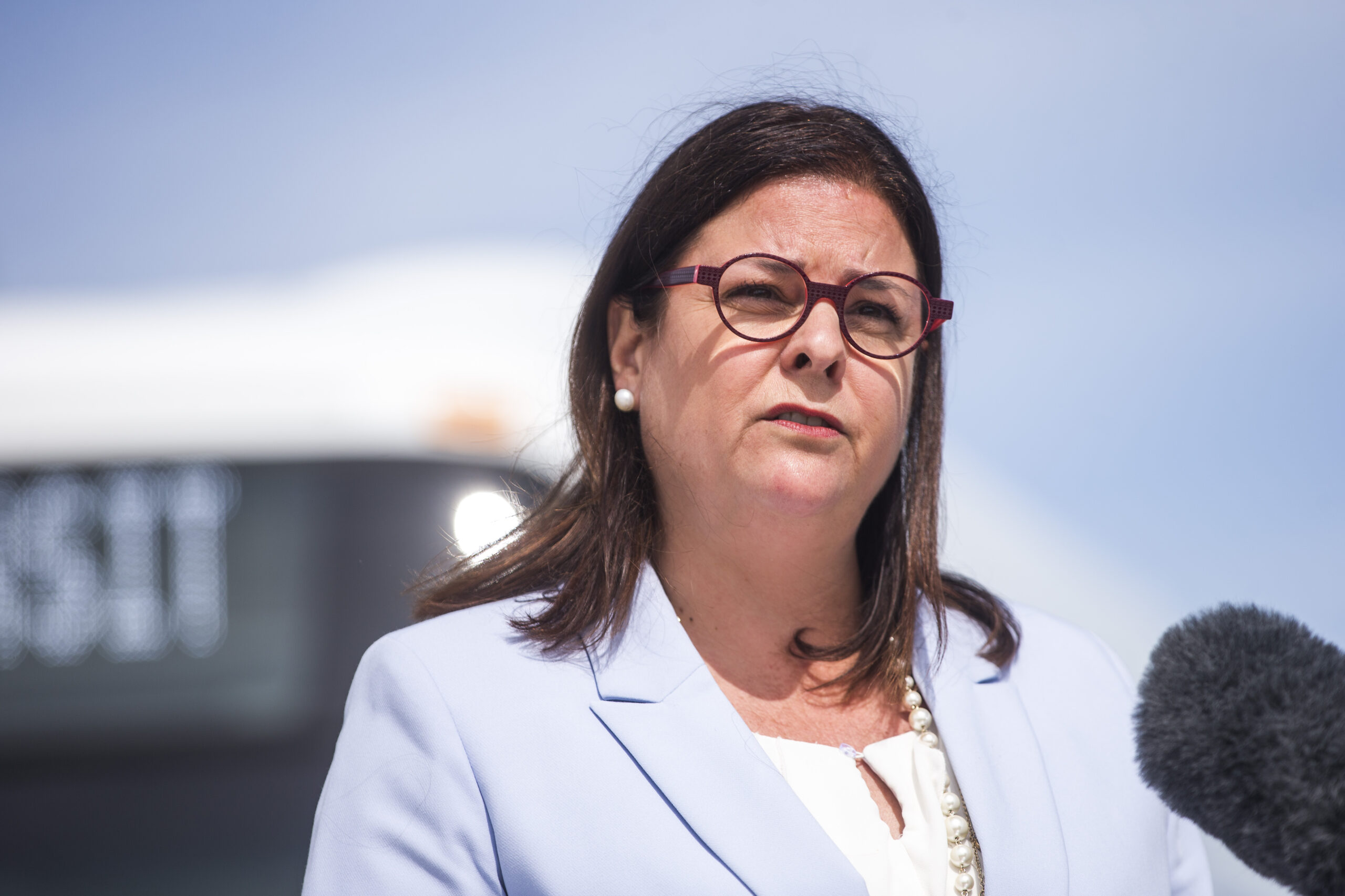
Climate policy advocates have stressed the health-care, affordability and climate crises are intertwined and, according to Probe Research, 75 per cent of Manitobans think climate should be integrated into all policy decisions. The fact is: how Manitoba’s next leader tackles climate change will have a significant impact on Manitobans’ everyday lives.
So what have the parties said — and not said — about their plans to navigate a planet in crisis?
With gas prices up nearly 90 per cent from the beginning of 2016 and rising residential electricity and natural gas rates, the cost of energy is set to be a key battleground this election.
The Tories came out swinging, promising in their first pre-election campaign announcement they’d eliminate the “Liberal-NDP carbon tax.”
Stefanson’s PCs have long stressed Manitoba’s 97 per cent hydroelectric grid — one of the least polluting energy systems in the country — should exempt it from federal emissions targets. What they haven’t stressed is that Manitoba is one of only two provinces releasing more carbon pollution now than it was 20 years ago.
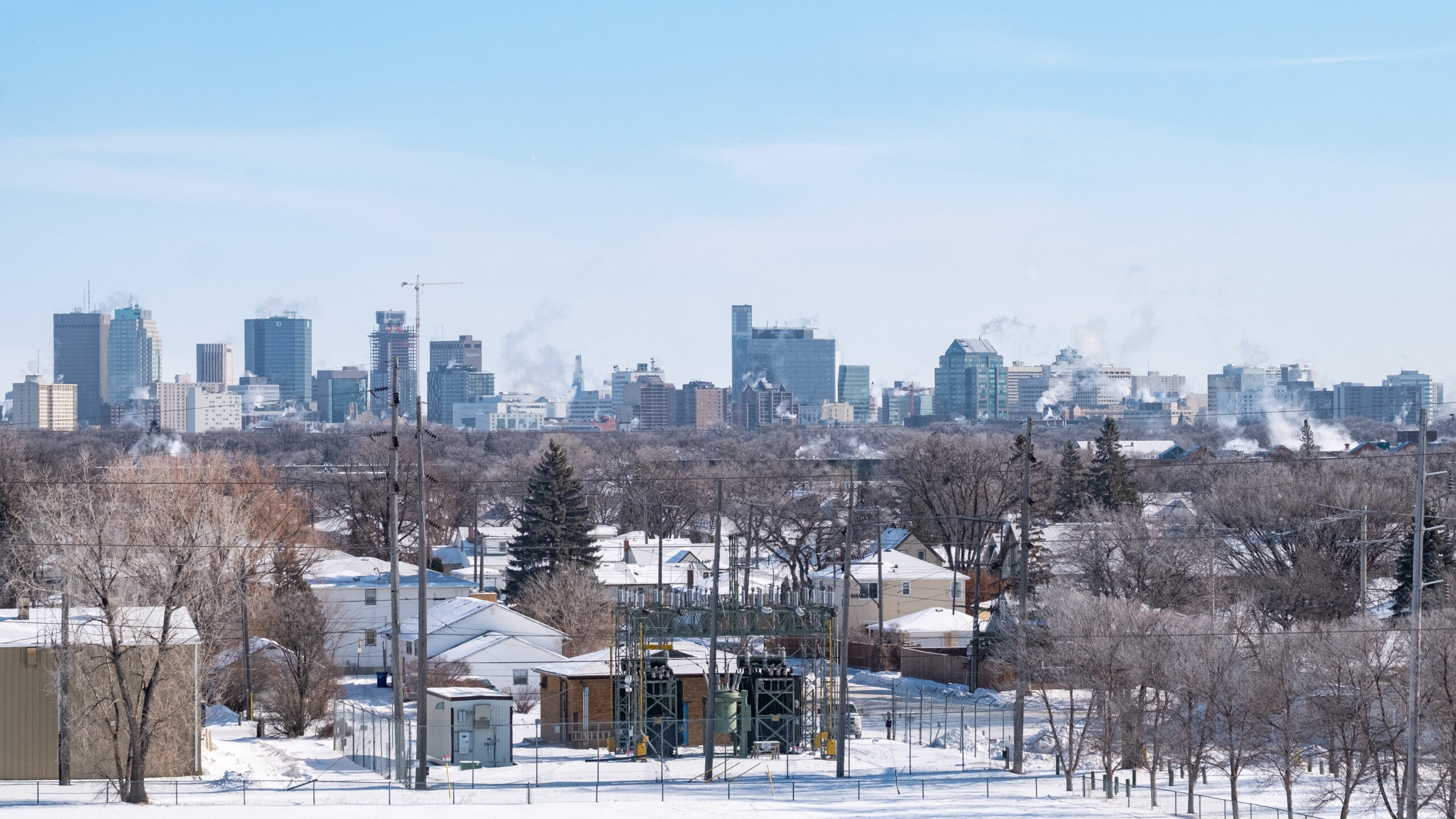
In a pre-election announcement blitz, Stefanson’s government touted an energy roadmap promising to modernize energy governance and infrastructure, attract investment from companies with net-zero goals, keep energy rates competitive and leverage federal funds by positioning the province as a “low-carbon leader.”
But couched in the roadmap, the Conservatives signalled a concern the energy transition away from petroleum sources is moving too quickly, noting it’s “disproportionately expensive” to eliminate all carbon pollution and instead suggesting a limited role for natural gas.
The firm that prepared the report underpinning Manitoba’s energy roadmap suggested the province develop its own carbon pricing to fund investment in energy efficiency and green power generation. The Conservatives have instead planned to increase reliance on natural gas and consider charging more for power during peak usage times.
Manitoba’s New Democratic Party Leader Wab Kinew recently hinted he would negotiate a better deal on carbon pricing with the feds and temporarily suspend the 14-cent-per-litre provincial gas tax.
He’s also promised to temporarily freeze Manitoba Hydro rates, which are typically set by the Public Utilities Board. Stefanson’s PCs have been accused of weakening the board’s independence by introducing legislation that gives cabinet more power to influence Hydro rates. Kinew has promised to restore independence to the board, despite plans to impose a year-long rate freeze.
Neither parties’ energy policy plans thus far includes a clear commitment to net-zero emissions by 2050, and neither had made any reference to emission reduction targets until a climate change forum debate held at the University of Winnipeg in late August.
There, Tory Environment Minister Kevin Klein did little more than raise a placard to say his party would cut emissions to 45 per cent of 2005 levels by 2030. The Tories have been criticized for moving backwards on home energy retrofits by approving building codes with the lowest possible efficiency standards, they’ve frozen funding transfers to municipalities that would support public and active transportation infrastructure and eliminated funding for both clean energy programs and environmental non-profits.
Though Klein said the party aims to “position the province as a trailblazer in reducing carbon emissions,” Stefanson’s PCs have not committed to net-zero targets.
Former NDP environment critic Lisa Naylor committed to the net-zero 2050 goal, promising policies to help expand electric-vehicle infrastructure, provide incentives to purchase new and used electric cars, transition public transit off diesel and work to reconcile with Indigenous communities over the damaging impacts of hydroelectric developments in their traditional territories.
But electrifying transportation — a key platform topic for all parties this year — means more stress on the power grid, and Manitoba Hydro has publicly expressed concern demand will far exceed capacity. Kinew’s NDP have yet to present policies aimed at expanding and diversifying renewable energy sources to ensure power remains reliable and affordable, though Naylor hinted an announcement on geothermal heating is forthcoming.
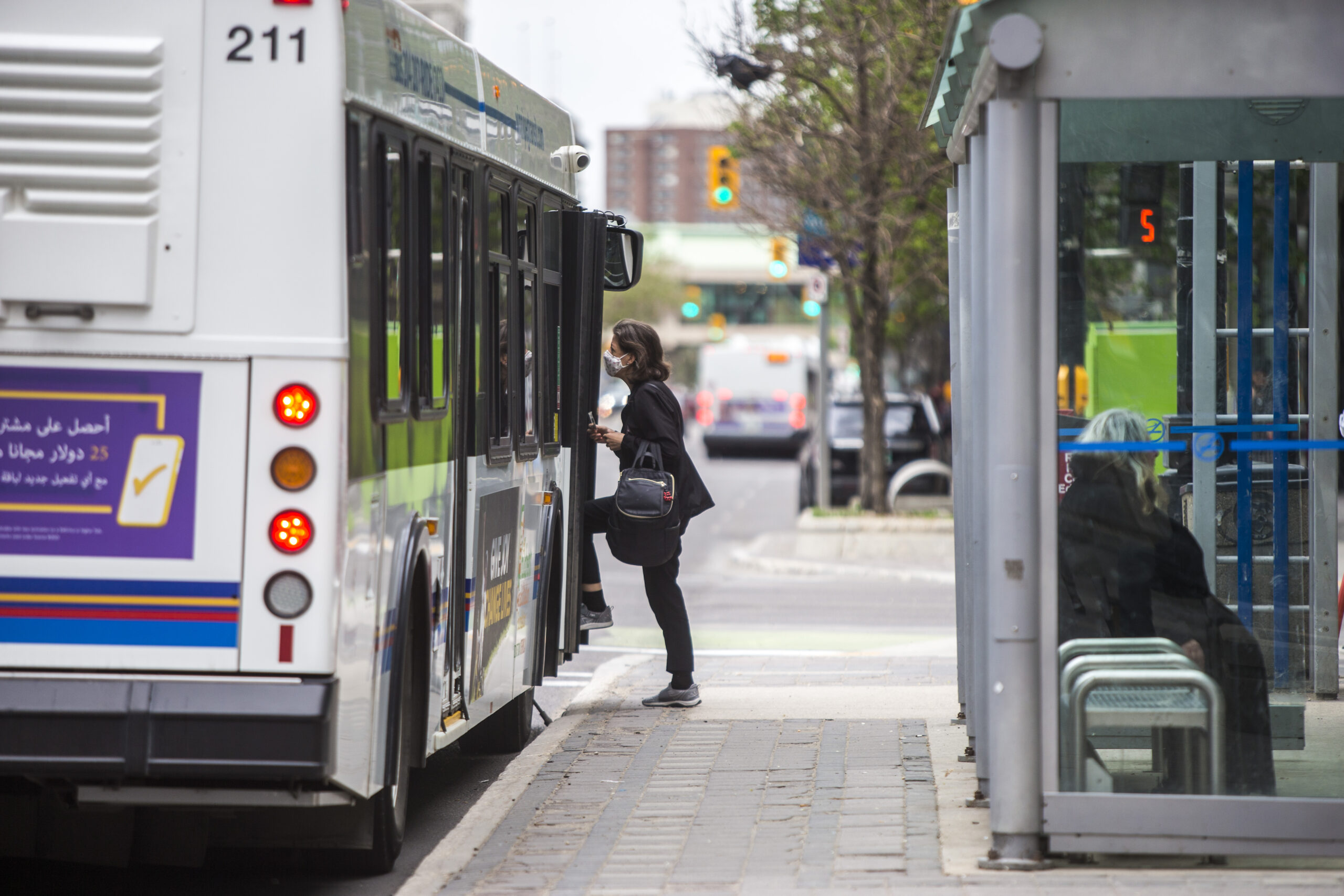
Manitoba’s Liberal Party, led by Dougald Lamont, has pitched an ambitious plan to get Manitoba emissions under control.
“What has been missing to take us to the next level is funding,” Lamont said during the climate debate before a crowd of approximately 200 people.
Weeks earlier, the Liberals released a campaign commitment to achieving net-zero by 2034 through a $300-million annual green fund. Lamont has pledged to take provincial control of carbon-price funds and invest the money in green initiatives including home energy retrofits, low or no-carbon transportation, renewable energy projects and increased green space — all under the governance of Crown corporation Efficiency Manitoba. Lamont has also reiterated an earlier pledge to restore the 50-50 transit funding agreement with the federal government and invest more in electrifying and expanding public transit in Winnipeg and rural municipalities.
The inevitable energy transition has been a source of anxiety in Western Canada, as workers worry how their jobs will change in a pivoting economy.
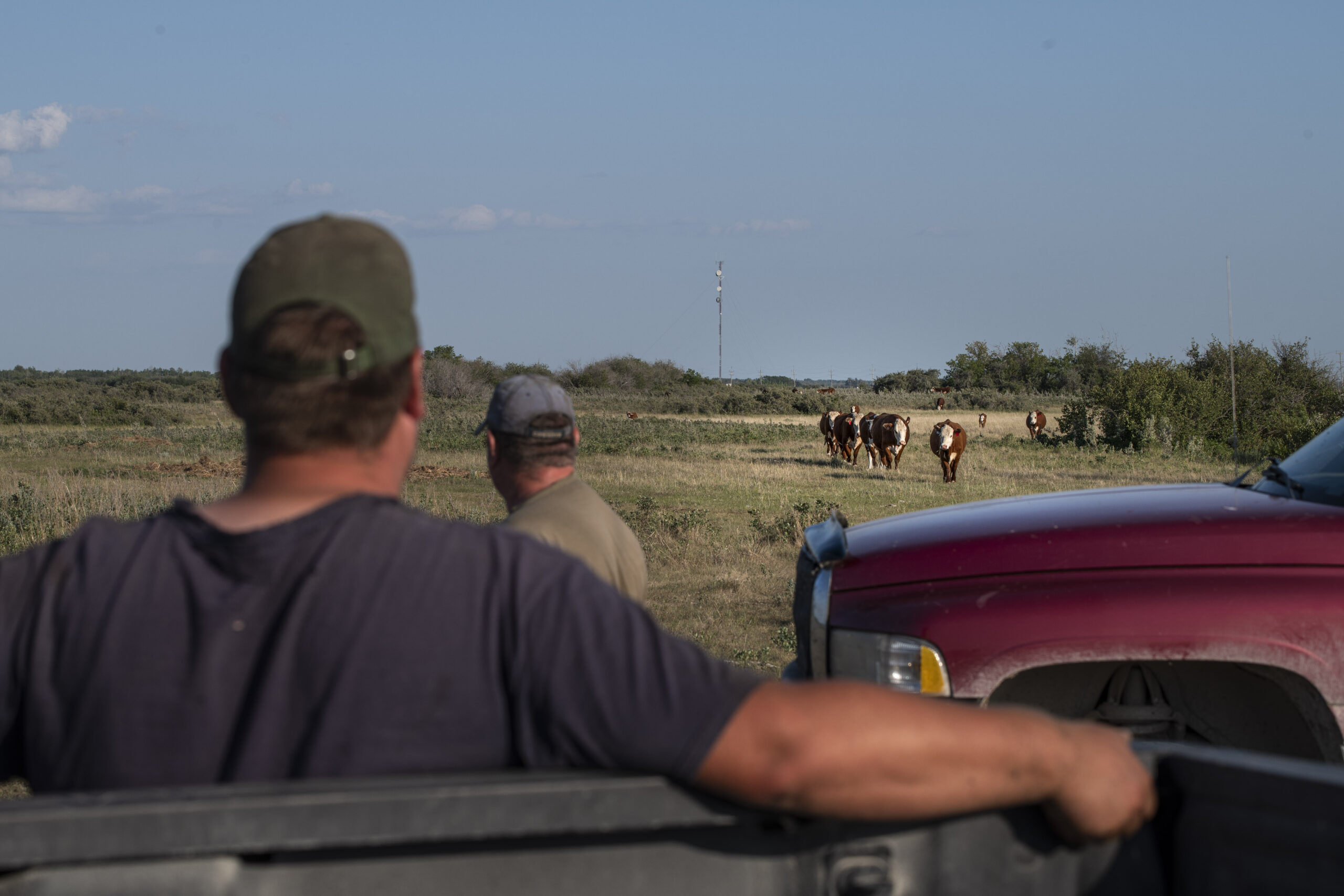
Manitoba farms are responsible for more than a third of provincial emissions. Mining — Manitoba’s second-largest industry — is facing both opportunities and challenges as global power needs evolve. Transport, construction and other crucial industries will continue to be affected.
Navigating the transition requires whole-of-government leadership, from encouraging skills-training programs, to funding industries’ adoption of greener technologies, to investing in technological innovations to shepherd in a new era of work.
Manitoba’s Greens have pledged to set aside funds for green bonds (financial securities to stimulate investment in green programs) to support innovation in existing job fields.
Liberal Leader Lamont has promised to support farmers through alternative land-use service programs, which pay farmers to protect natural assets, while creating a politically independent business development bank to stimulate job growth.
Kinew’s NDP has promised to make investments in local employers like electric bus manufacturer New Flyer and to create jobs by expanding geothermal heating, but have otherwise offered little concrete plans for industries affected by the energy shift.
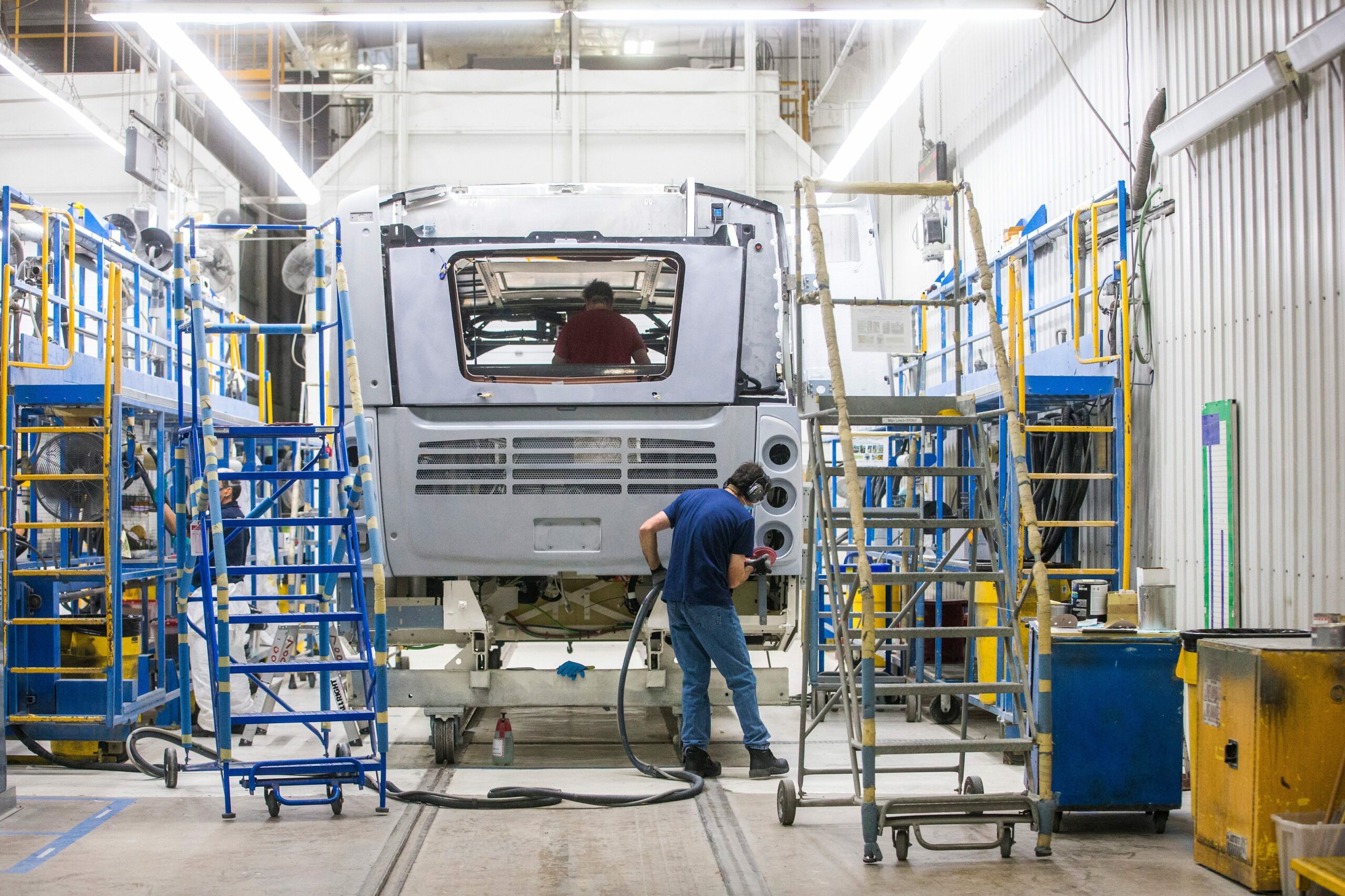
As for Stefanson’s PCs, green economy job growth has centred on investments in mineral development. A critical minerals strategy the Tories released in the weeks leading up to the campaign communication blackout touted the province’s reserves of green tech minerals and promised incentives and tax breaks for prospectors and mine developers in Manitoba. While the strategy claims Manitoba has built sustainable development into its mining regulations, the Tories repealed sustainable development legislation in 2018 and have faced controversy over approvals for mining projects.
The province has touted investments from German manufacturer RCT Solutions, which plans to build a solar panel manufacturing plant in the province. That investment is tied to Calgary-based Sio Silica’s southeastern Manitoba mine proposal, which was referred to an independent clean environment commission for review owing to residents’ concern the company’s untested mining process could destroy the local drinking water aquifer. The mine has not yet been licensed, and NDP and Tory candidates have hesitated to weigh in on the project.
While the economy is a key focus of this year’s election campaign, no topic has generated more concern in recent years than health-care policy — and climate plays a role there, too.
There are several health risks associated with a changing climate; Canadians have already been impacted by wildfire smoke, extreme heat, severe fires and floods and resurgent infectious diseases.
The United Nations has touted its biodiversity target — known as the 30 by 30 commitment — as the “strongest natural defence” against climate change impacts, health or otherwise. The target aims to protect 30 per cent of global lands and waters by 2030. Canada has signed on to this commitment; Manitoba has not.
In the last seven years, the province has added an insignificant amount of land to its network of protected areas (approximately 0.1 per cent) and has cut staffing and funding to protected areas. The NDP, Greens and Liberals have all committed to 30 by 30 targets. The Tories are the only party unwilling to make conservation commitments, with Natural Resources Minister Greg Nesbitt claiming — without providing evidence — such a commitment would “threaten our economic security,” harm Indigenous communities and drive up the cost of living.
Indigenous-led conservation has been at the forefront of 30 by 30 efforts across the country but a massive, Indigenous-led conservation effort that would protect 50,000 square kilometres of the pristine Seal River watershed in Manitoba has been awaiting substantive provincial support for months. No party has committed to establishing the Seal River protected area.
Manitoba’s future government also needs plans and funding to support Indigenous communities impacted by climate disasters. Peguis First Nation has been subject to repeated flooding and has spent years negotiating with provincial governments to develop long-term flood protection. Manitoba First Nations have faced repeated evacuations and dismal living conditions as a result of climate disasters, many made worse by Manitoba Hydro developments on their lands.
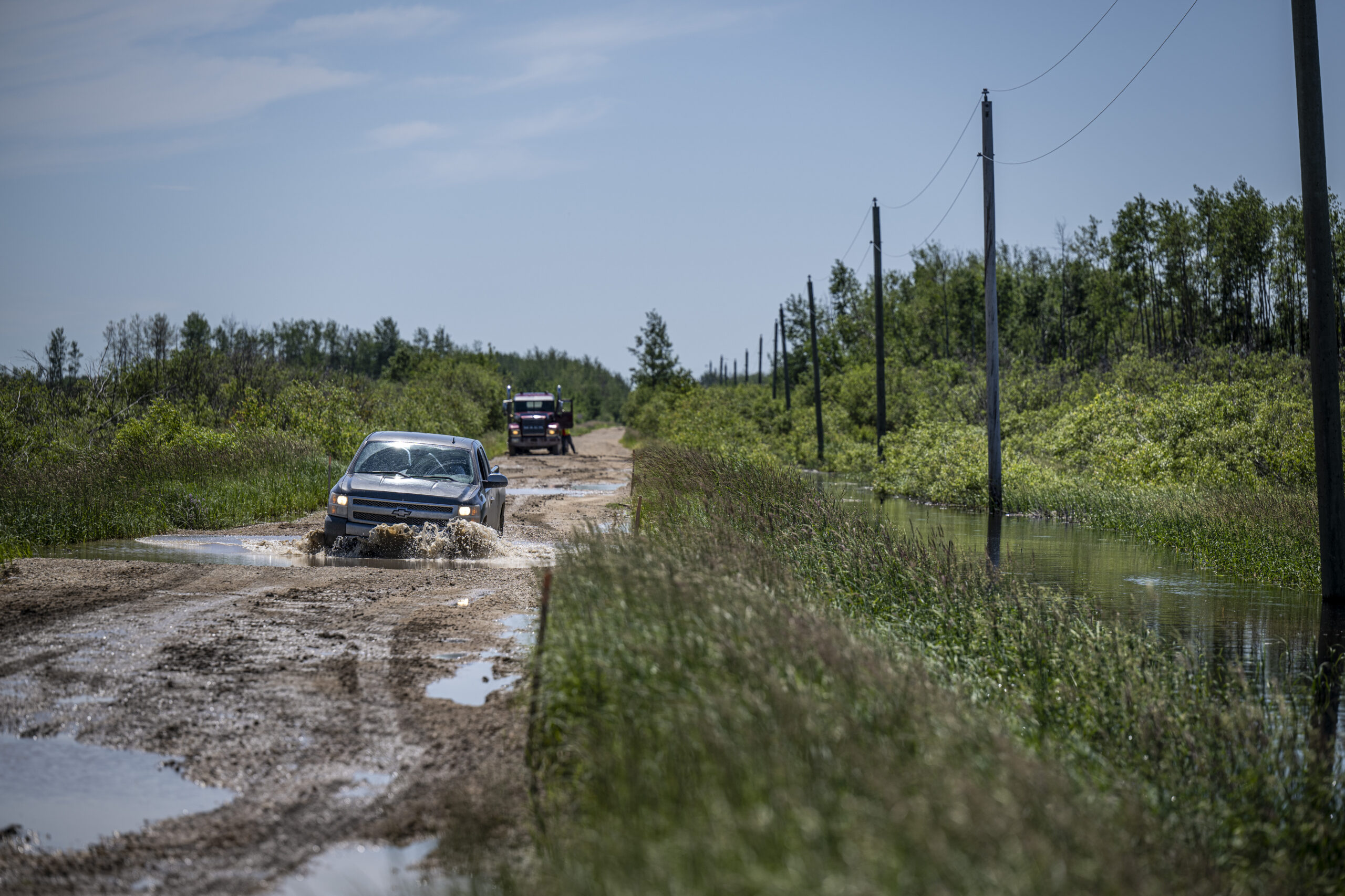
The NDP, Greens and Liberals have promised to reconcile with Indigenous Peoples over the impacts of hydroelectric development, though the nature of that reconciliation is not yet clear.
As it becomes clear climate is an issue of importance to voters and one that intersects with other issues top of mind for Manitobans, parties are slowly being forced to reckon with how they will handle what’s been described as “the defining crisis of our time.”
Two-thirds of the Manitobans see climate change as a crisis and more than half rate Manitoba’s performance on climate issues as poor.
With election night just weeks away, it remains to be seen how seriously the parties will take these concerns.
Get the inside scoop on The Narwhal’s environment and climate reporting by signing up for our free newsletter. On March 17, federal Conservative Leader Pierre Poilievre...
Continue reading
We’ve long been told our award-winning visual journalism should include videos that make the conversation...

We’re launching The Narwhal’s video work in 2025 with a deep dive into a tax...

Energy Minister Adrian Dix is touting electrifying industries like mining and LNG as key to...
